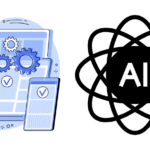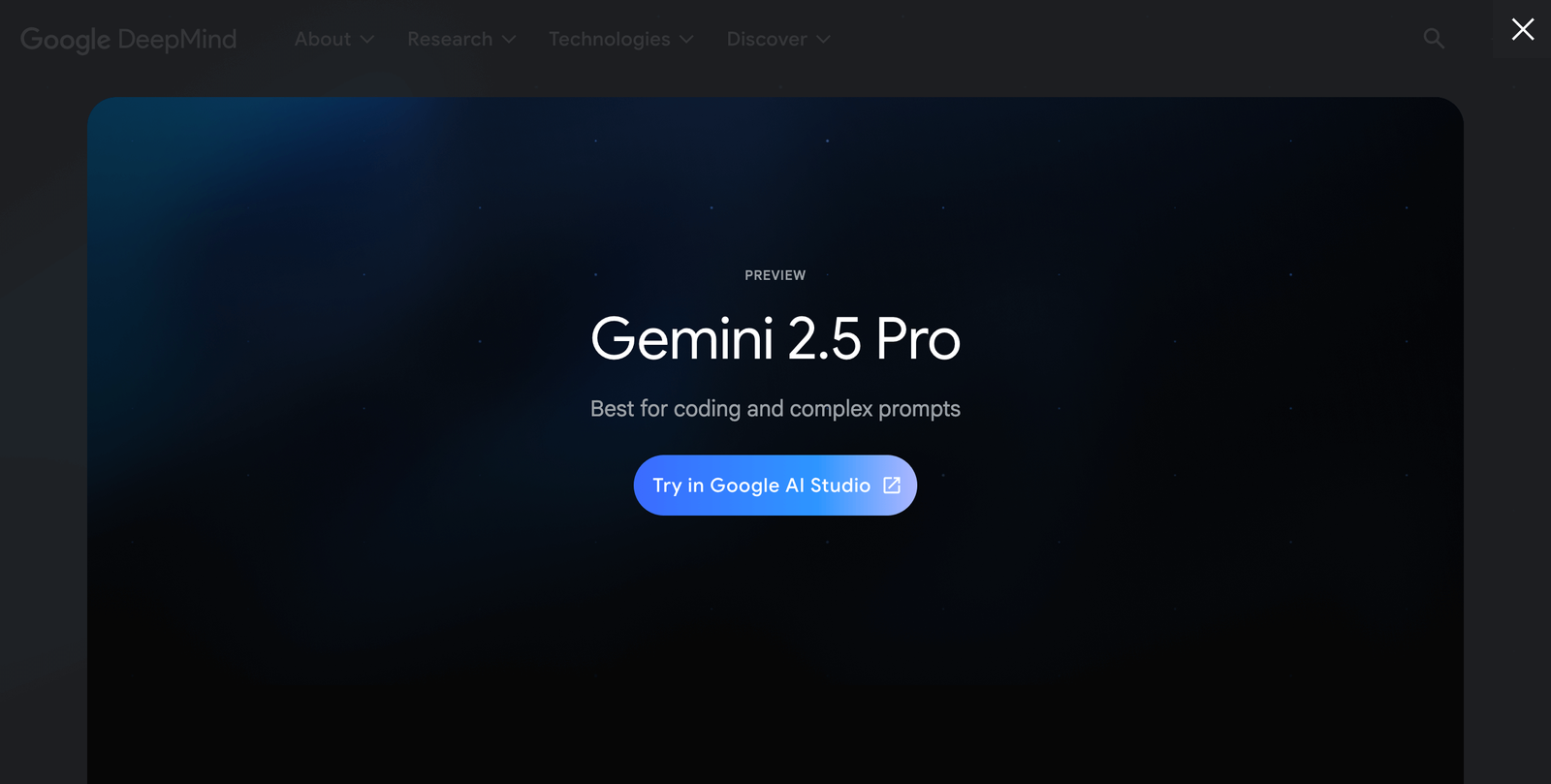As the demand for cross-platform applications explodes in 2025, developers are increasingly turning to large language models (LLMs) to streamline multi-environment workflows, from web and mobile to cloud and desktop. The right LLM can not only accelerate development but also intelligently adapt code for multiple targets like React Native, Flutter, Electron, and beyond.
To help you pick the best tool for the job, we’ve researched the top LLMs available right now, based on hands-on developer feedback, model performance benchmarks, and real-world cross-platform use cases.
Best LLMs for Cross-Platform Coding in 2025 Summary Table
| LLM | Strength | Ideal Use | Deployment |
|---|---|---|---|
| Gemini 2.5 Pro | Full-stack scaffolding, UI logic | React Native, Flutter, Progressive Web Apps | Cloud |
| GPT-4o | Adaptive reasoning, test writing | Multi-platform backends, app APIs | Cloud |
| Claude 3.7 Sonnet | Architecture + code synthesis | Hybrid apps, API orchestration | Cloud |
| DeepSeek R1 | Open-source, code conversions | Mobile-to-desktop, local toolchains | Self-hosted |
| Mistral 7B | Lightweight, fast prototyping | CLI tools, quick scripts | Local or edge |
Developer: Google DeepMind
Release Date: March 2025
Parameters: Estimated 500B+
Context Window: 1 million tokens
Knowledge Cutoff: December 2023
What is it?
Gemini 2.5 Pro is Google’s flagship multimodal model that supports cross-platform development via integrations with Android Studio, Flutter SDKs, and Chrome DevTools. It understands layout design and user interface logic in mobile and web contexts alike.
For Cross-Platform Coding:
Gemini shines in front-end-heavy environments. Developers use it to generate shared UI components, adapt layouts from Flutter to web, and convert interface logic across React Native and Android. Its deep integration with Google’s tooling gives it an edge when working in Google-centric ecosystems.
Code Example
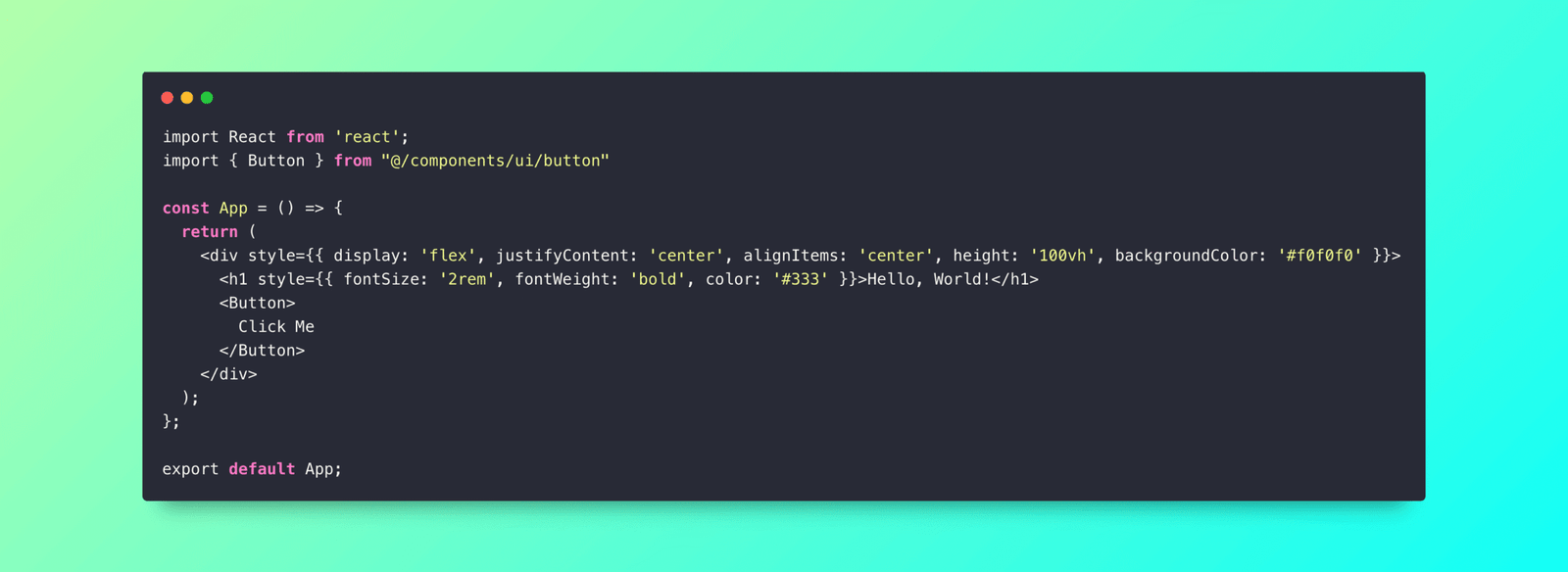
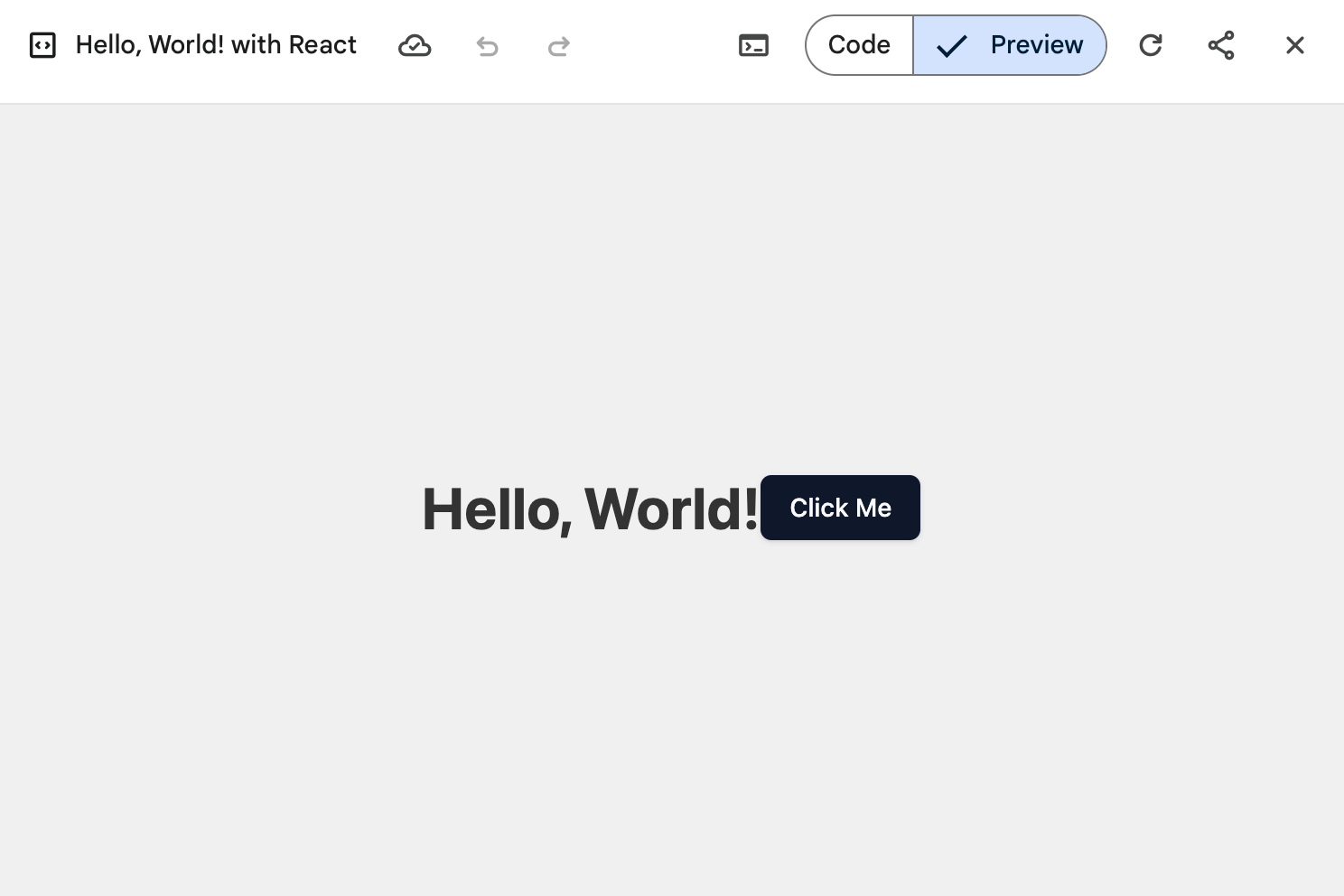
Pros:
Strong UI component generation (React Native, Flutter)
Google Workspace and Firebase integration
Efficient for scaffold-and-deploy cycles
Cons:
Over-engineers simple layouts
Less capable with custom backend logic
Not fine-tunable or locally deployable
2. OpenAI GPT-4o
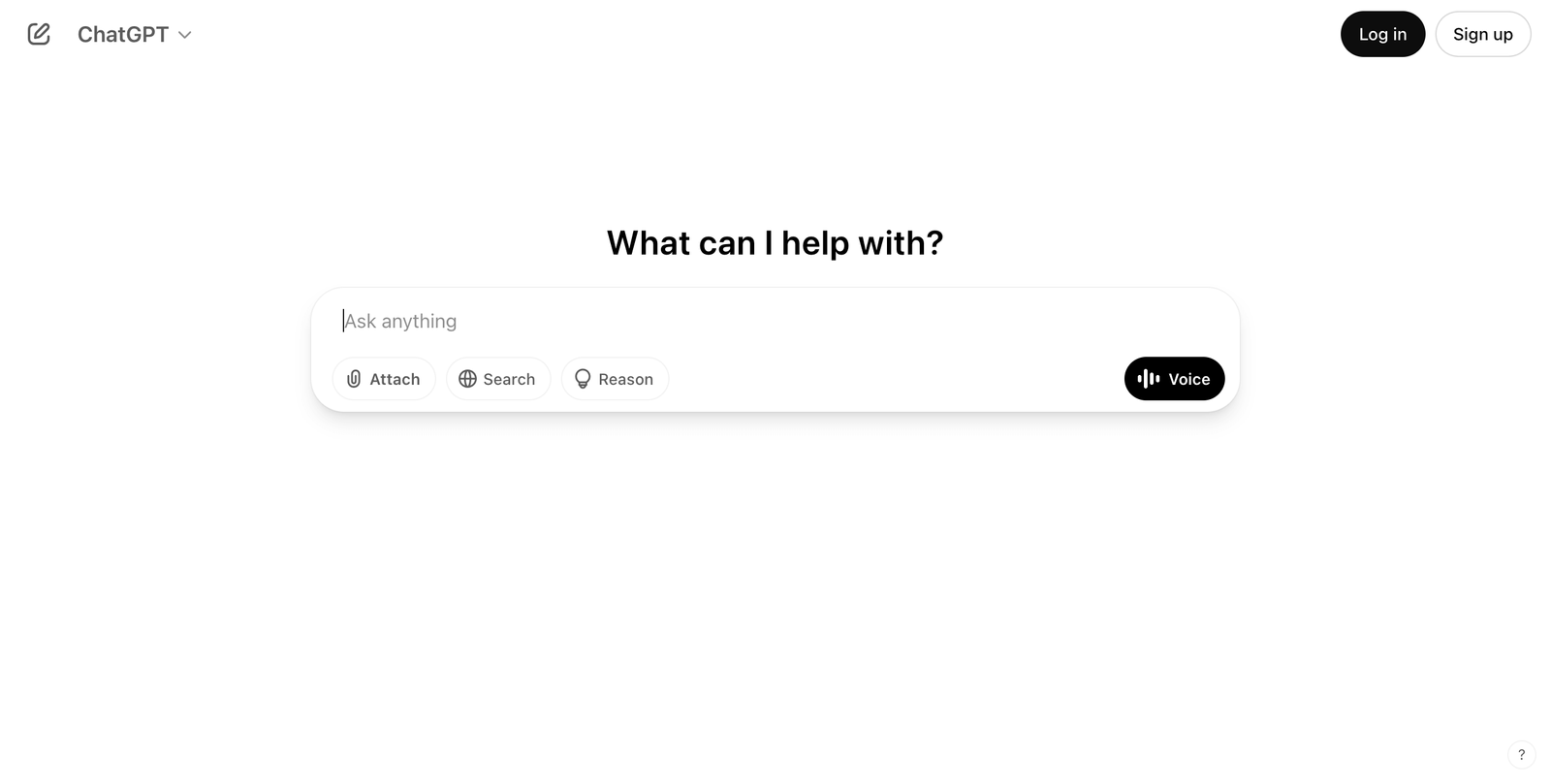
Developer: OpenAI
Release Date: January 2025
Parameters: ~100B (o3-mini)
Context Window: 128,000 tokens
Knowledge Cutoff: October 2023
What is it?
GPT-4o is OpenAI’s latest high-performance LLM optimized for speed and coding accuracy. The “o” models are built for logical reasoning, with improved cost-efficiency and output speed.
For Cross-Platform Coding:
Developers use GPT-4o to write reusable service layers for mobile and web, convert API logic into platform-specific wrappers, and validate code for edge cases. It handles complex decision trees and async logic well, making it ideal for business logic in hybrid apps.
Code Example
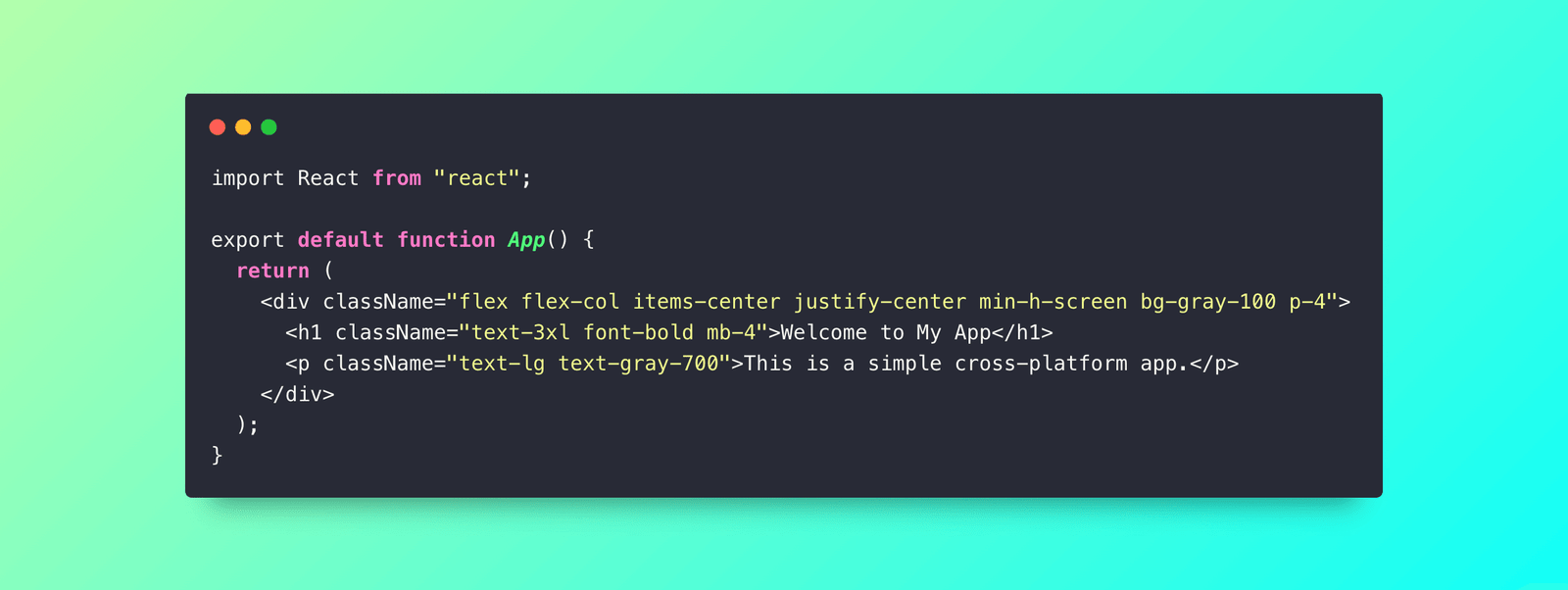
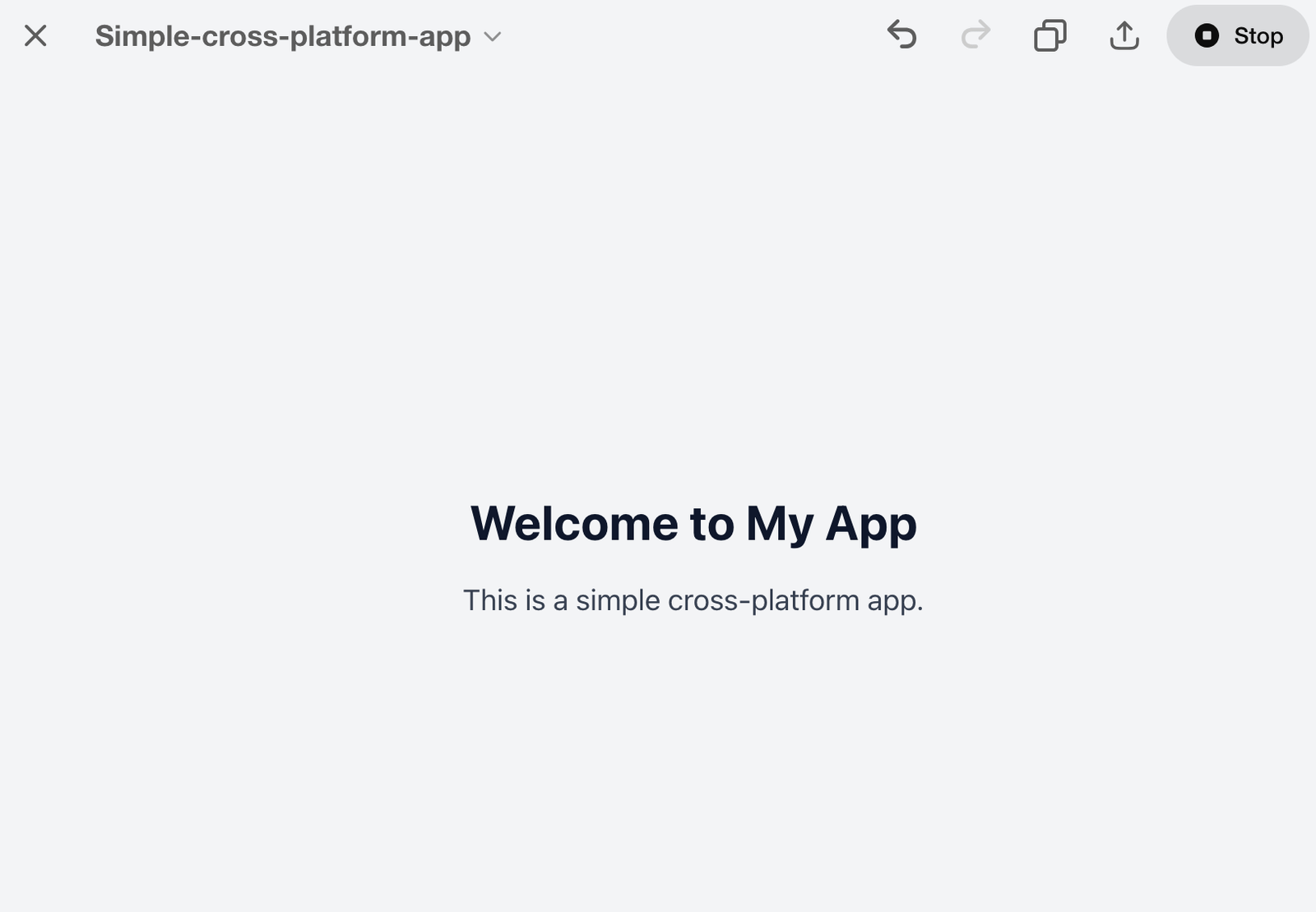
Pros:
Great for writing portable logic across backends
Supports adaptive formatting for web/mobile APIs
Excellent test generation and debugging
Cons:
Still occasionally hallucinates undocumented APIs
Not self-hostable
Requires frequent validation in prod environments
3. Claude 3.7 Sonnet
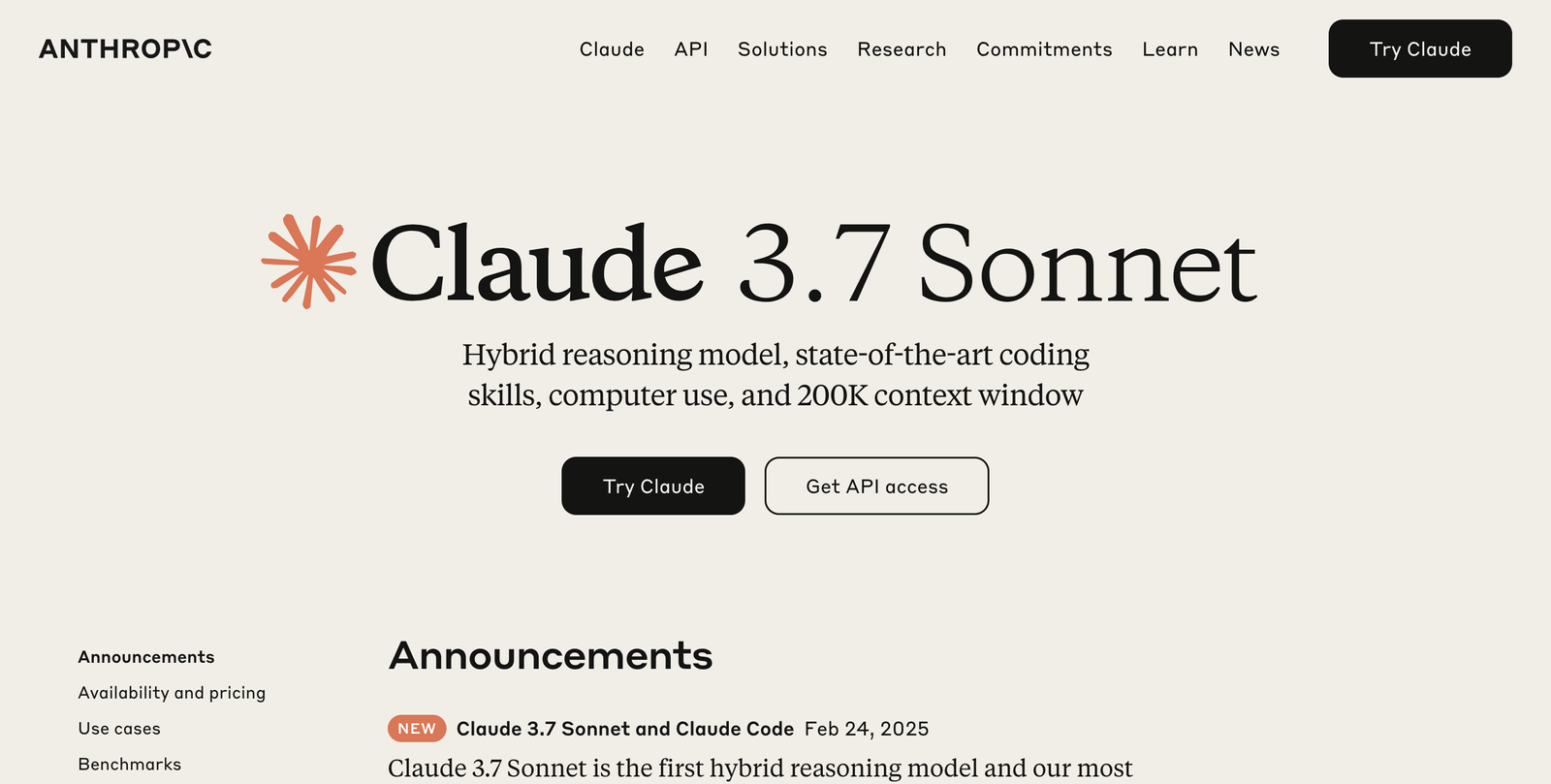
Developer: Anthropic
Release Date: April 2025
Parameters: Undisclosed
Context Window: 200,000 tokens
Knowledge Cutoff: August 2023
What is it?
Claude Sonnet is Anthropic’s mid-tier LLM designed for logical accuracy and structured reasoning. It excels in interpreting long, complex codebases and proposing clean abstractions.
For Cross-Platform Coding:
Claude is often used to convert monolithic apps into microservice-based architectures that serve both web and mobile clients. It explains complex code transitions clearly, helping devs restructure business logic for use in multiple environments like Electron and Next.js.
Code Example
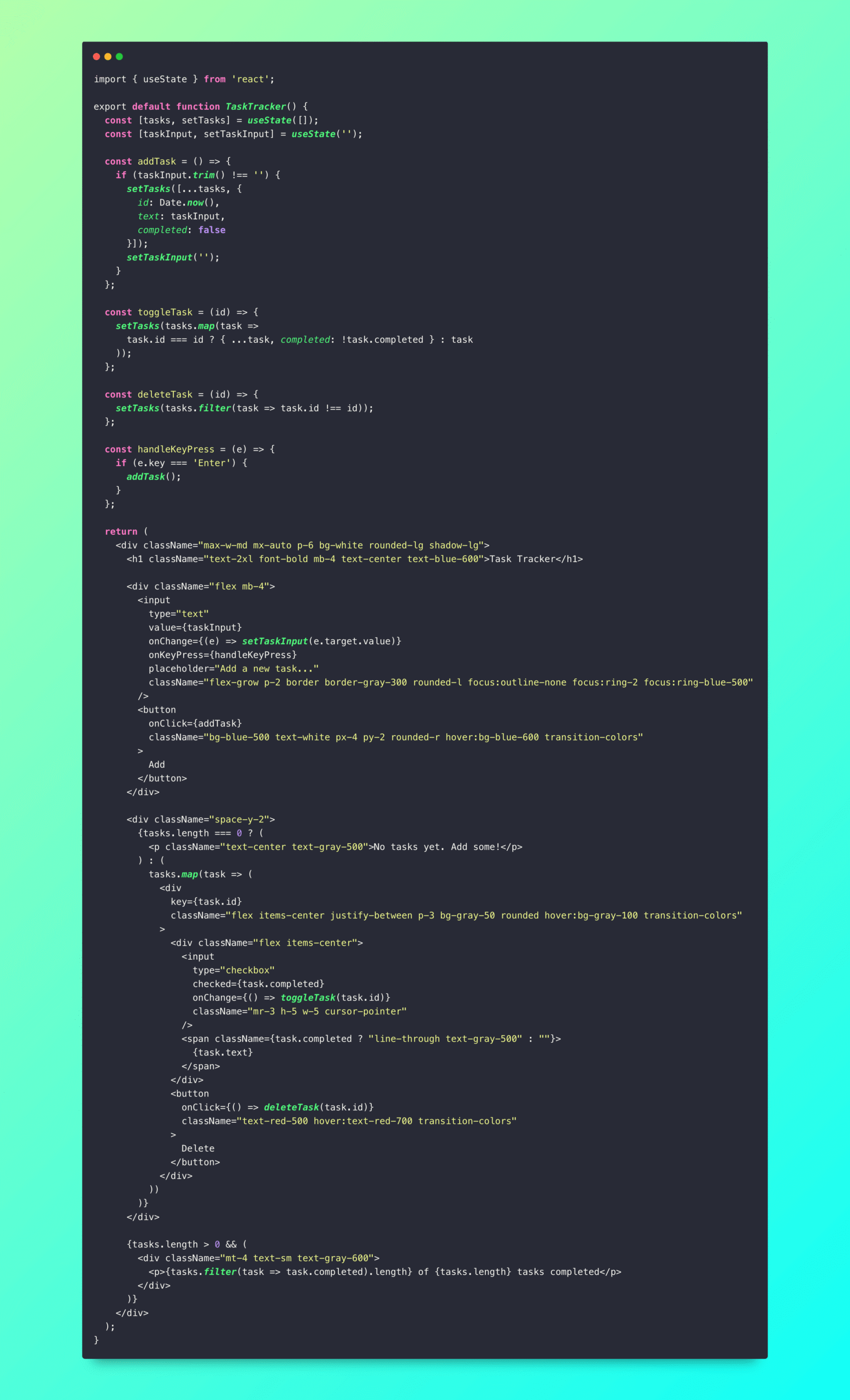
![]()
Pros:
Great for architecture and design planning
Helps with shared logic and modularity
Ideal for large projects with multi-platform scope
Cons:
Not ideal for quick prototyping
Repeats itself occasionally in explanations
No fine-tuning or offline capabilities
4. DeepSeek R1
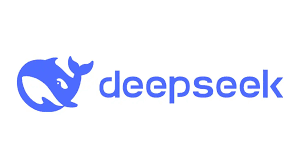
Developer: DeepSeek
Release Date: March 2024
Parameters: 236B
Context Window: 64,000 tokens
Knowledge Cutoff: Late 2023
What is it?
DeepSeek R1 is one of the leading open-source coding-focused LLMs. With high parameter count and a permissive license, it’s perfect for local and offline development.
For Cross-Platform Coding:
This model is preferred for CLI tools, local scripts, and custom builds that need adaptation across Linux, macOS, and Windows. It’s also effective at transforming TypeScript projects to Python backends and vice versa.
Code Example
import { useState } from "react"
export default function CounterApp() {
const [count, setCount] = useState(0)
return (
<div className="min-h-screen bg-gray-100 flex items-center justify-center p-4">
<div className="bg-white rounded-lg shadow-lg p-8 w-full max-w-md">
<h1 className="text-3xl font-bold text-center mb-6 text-gray-800">
Counter App
</h1>
<div className="text-center mb-6">
<span className="text-6xl font-bold text-blue-600">{count}</span>
</div>
<div className="flex gap-4 justify-center">
<button
onClick={() => setCount(c => c - 1)}
disabled={count <= 0}
className="px-6 py-3 bg-red-500 text-white rounded-lg font-medium disabled:opacity-50 disabled:cursor-not-allowed hover:bg-red-600 transition-colors"
>
-1
</button>
<button
onClick={() => setCount(c => c + 1)}
className="px-6 py-3 bg-green-500 text-white rounded-lg font-medium hover:bg-green-600 transition-colors"
>
+1
</button>
</div>
</div>
</div>
)
}Pros:
Fully open-source and self-hostable
Works across platforms like Electron, Node.js, Tauri
Handles code conversion and batch automation
Cons:
Requires local compute (GPUs for best results)
Slightly weaker on UI/UX-related suggestions
Slower inference than cloud models
5. Mistral 7B
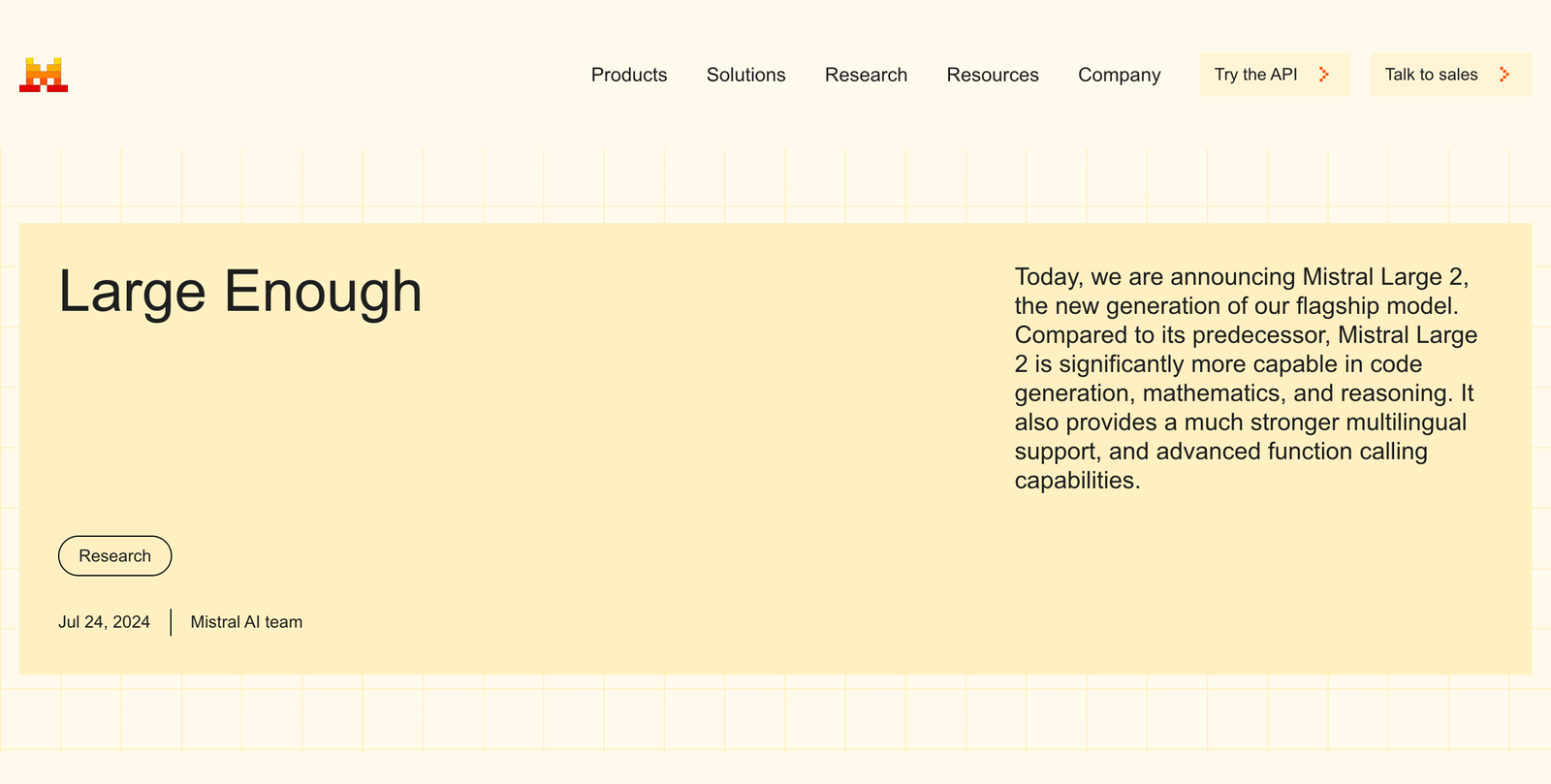
Developer: Mistral AI
Release Date: Late 2024
Parameters: 7B
Context Window: 32,000 tokens
Knowledge Cutoff: Late 2023
What is it?
Mistral 7B is a lightweight and open model designed for fast inference and deployment on edge or local systems. It’s small but highly effective for quick iterations.
For Cross-Platform Coding:
Great for scripting repetitive tasks across shell, Python, and JavaScript, Mistral is often used in fast-moving environments like IoT, DevOps, and embedded tools that require cross-platform deployment pipelines.
Pros:
Super fast inference on local machines
Works well for DevOps scripting, mobile config generation
Ideal for lightweight apps and automation
Cons:
Lacks depth for complex applications
Smaller context window limits large-scale use
Best as a co-pilot, not an architect
Visual: Cross-Platform Use-Case Matching
| Task | Best LLM | Notes |
|---|---|---|
| UI Component Scaffolding | Gemini 2.5 Pro | Strong with Flutter, React Native |
| API Logic Porting | GPT-4o | Excellent across serverless, REST |
| Architecture Design | Claude 3.7 Sonnet | Ideal for modular multi-target systems |
| Cross-Platform Scripts | Mistral 7B | Efficient on CLI or IoT tools |
| Code Conversion (e.g., TS ⇌ Python) | DeepSeek R1 | Fully local, strong at translation |
Saves Time on Repetitive Code Conversion
Transforming code from one platform to another (e.g., mobile to web) is labor-intensive. LLMs automate this cleanly, cutting dev time significantly.Unified Logic Across Environments
Using a model like GPT-4o, you can define once and deploy to many—write a single backend service that adapts to web, mobile, and desktop clients.Improved Prototyping and Scaffolding
Gemini and Mistral are especially good at rapid bootstrapping of components and workflows, giving devs more time to focus on logic and polish.
What to Watch Out For
Hallucinated APIs: Especially in frameworks that evolve quickly, some models reference outdated or incorrect calls.
UI Logic Complexity: LLMs can generate verbose or mismatched component hierarchies that need manual tuning.
Code Maintainability: AI-generated multi-platform code might not conform to platform-specific best practices without developer intervention.
Final Picks: Best LLM for Each Use Case
| Developer Type | Best LLM | Why |
|---|---|---|
| Mobile + Web Full-Stack Dev | Gemini 2.5 Pro | Strong UI and Google ecosystem support |
| Backend API + Logic Dev | GPT-4o | Great for RESTful, reusable services |
| Technical Architect | Claude 3.7 Sonnet | Ideal for planning and documenting systems |
| Self-Hosted or Local Tooling | DeepSeek R1 | Powerful, open, and transparent |
| Quick Build/Deploy Scripter | Mistral 7B | Lightweight and fast for rapid tasks |
1. Use Prompt Engineering for Context Switching
Clearly specify the platform when asking questions. Example:
“Convert this React component into a native Android Fragment.”
2. Always Test in Real Environments
Generated code may not account for subtle platform-specific behaviors. Test across all targets before merging.
3. Refactor for Platform Guidelines
Even if the logic is correct, platform UX guidelines differ (e.g., iOS vs Android). Refine for native experience.
4. Leverage Multiple Models
Use Claude for system design, GPT-4o for logic, and Mistral for scripting. Each shines in its domain.



